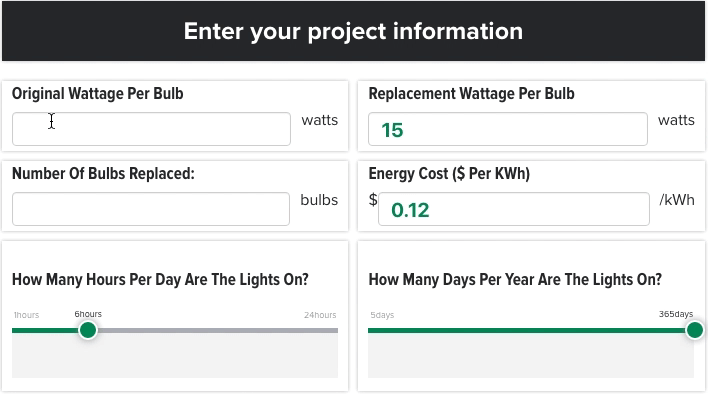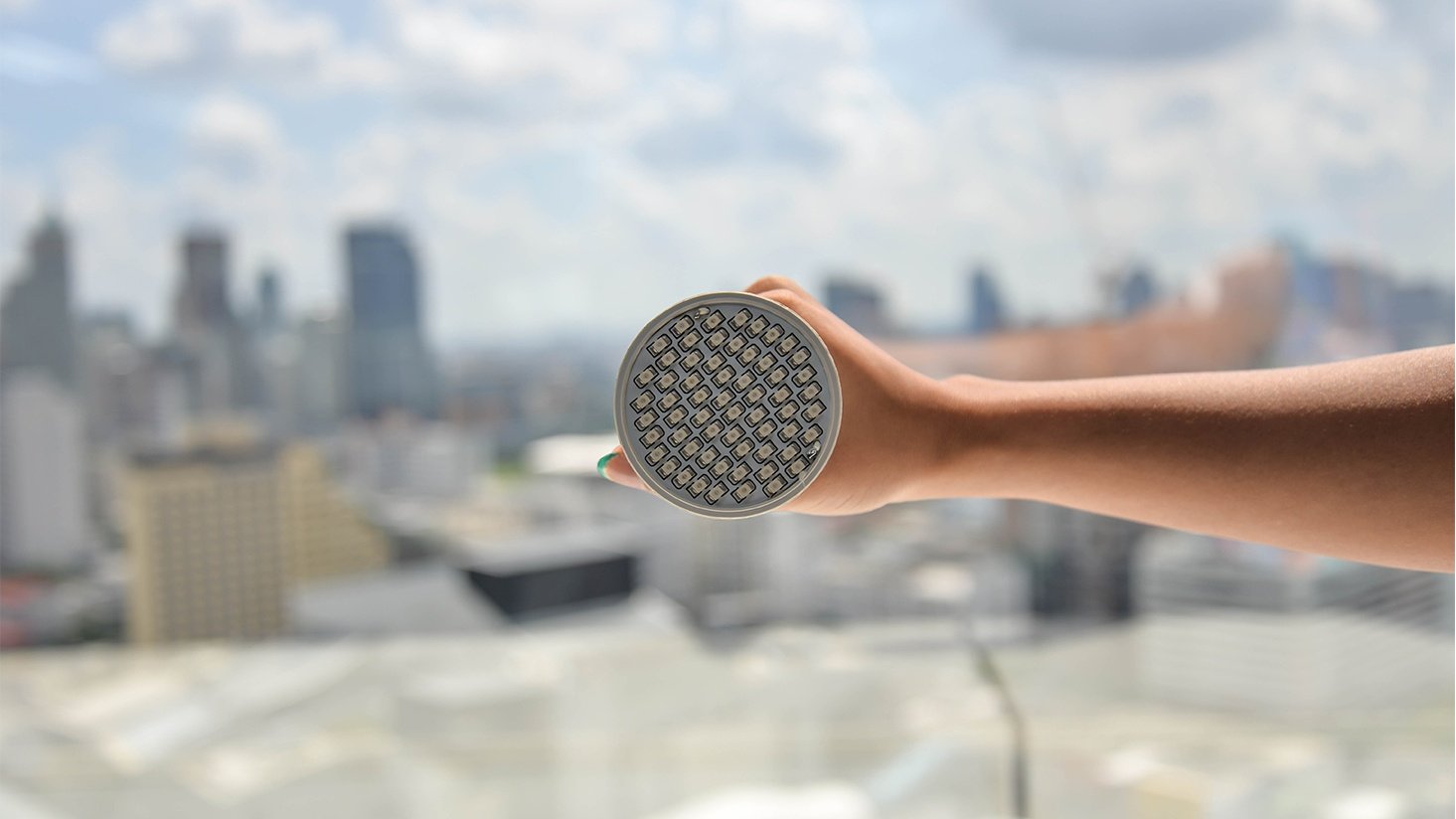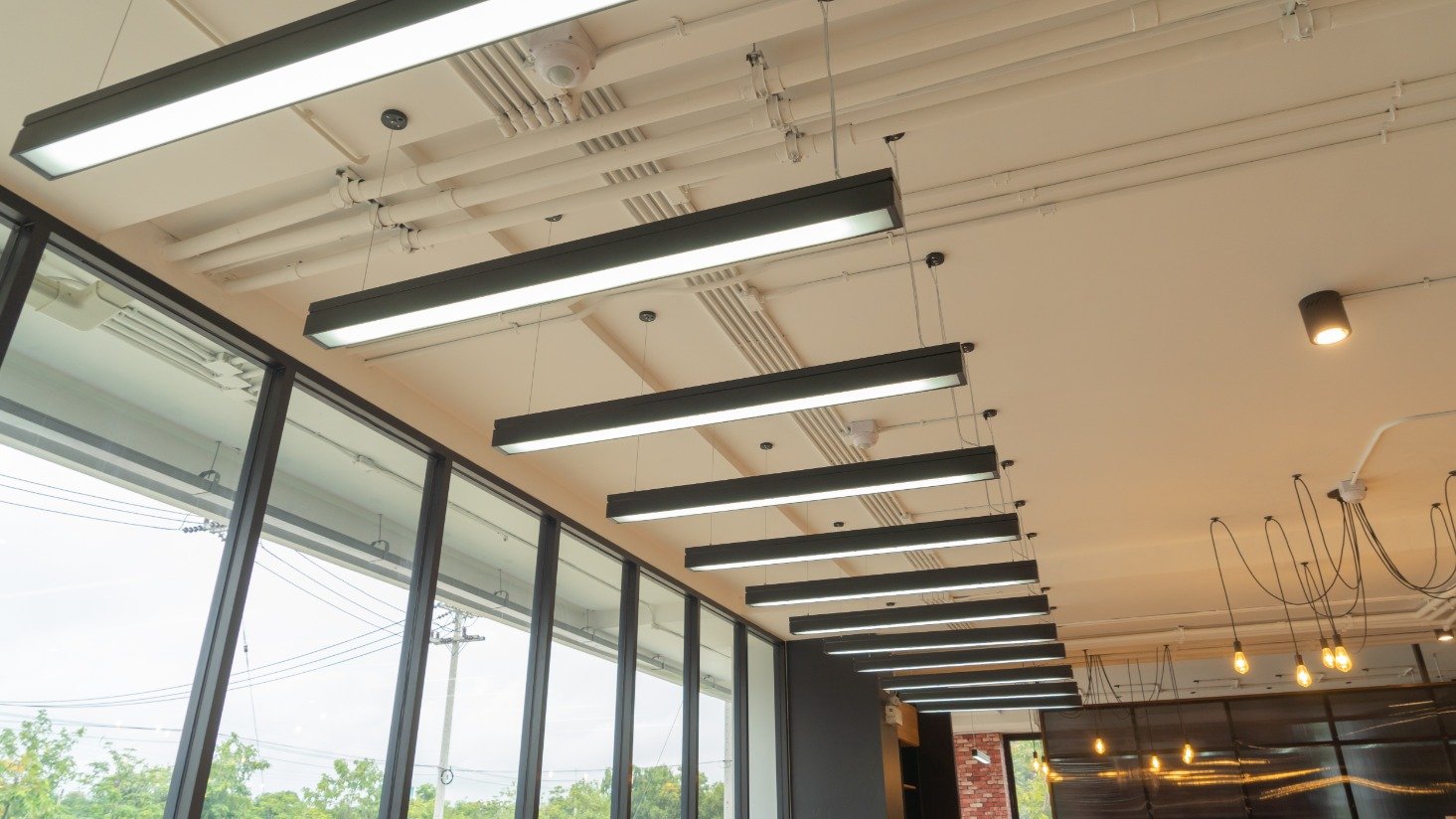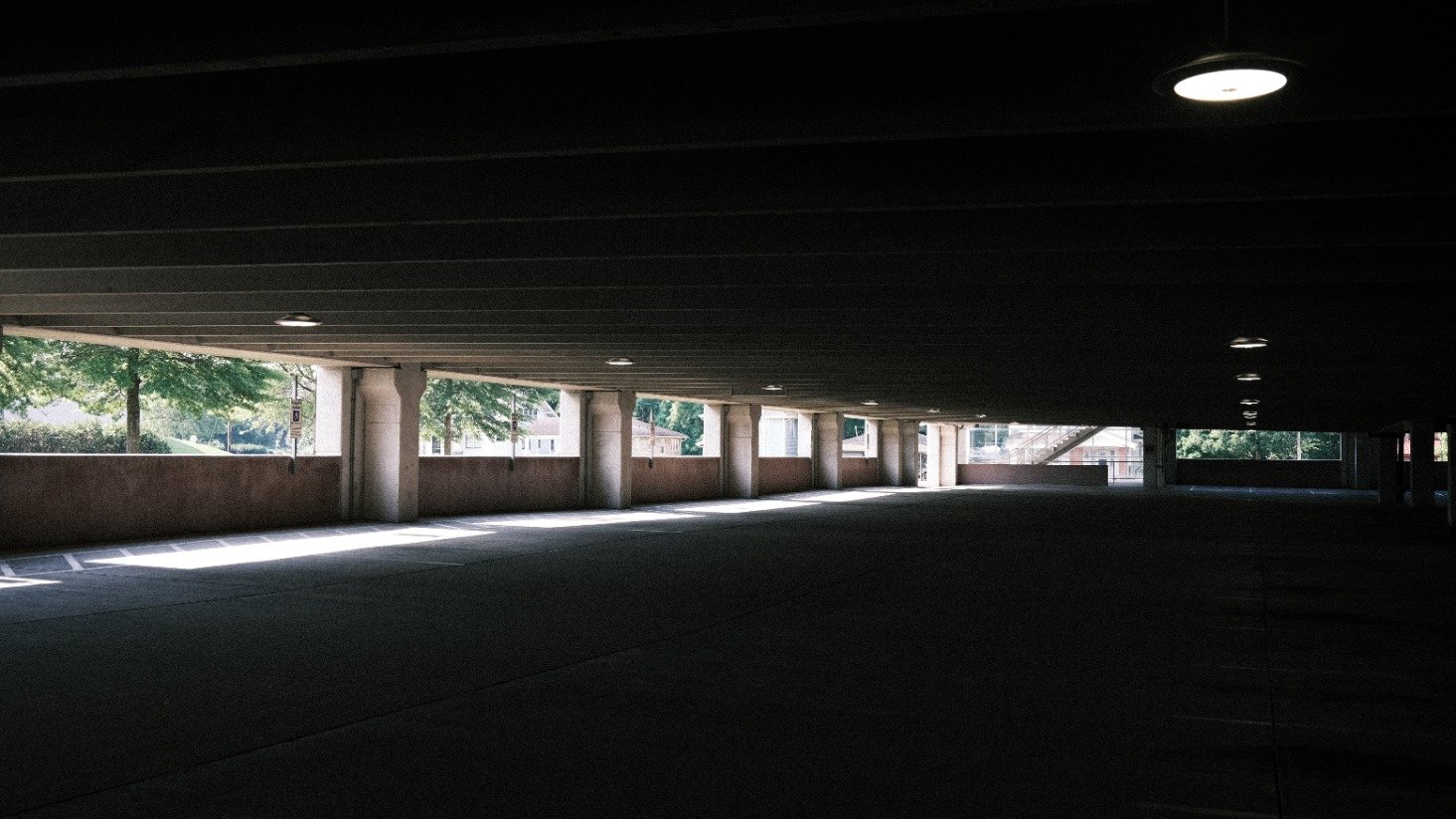Plug-and-play LED bulb vs. LED fixture: Pros and cons for your next project

It seems like there is an endless sea of LED light bulbs to choose from these days. But LED lighting has changed more than just replacement products. There is also a whole new category of options: LED fixtures.
We commonly get the question: “I’d like to upgrade to LED lighting, but how do I know if I should go with a screw-in replacement product or a new LED fixture?”
Of course, whether you're switching to an LED screw-in or a brand new LED fixture, you're probably well-acquainted with LED’s many advantages. One important advantage to highlight here: the lumen output, or brightness, doesn't depreciate with LED like it does with fluorescent or HID technology. If you choose a quality LED product, the lumen output will remain more consistent over the life of the product whether you go with a replacement lamp or fixture.
We will address four questions you should consider if you're choosing between an LED bulb and an LED fixture. Click here to jump ahead. But first, let’s look at the pros and cons of each option.
Pros and cons for screw-in LED bulb retrofit
Screw-in, or plug-and-play, LED replacement products are one of the easiest ways to improve the energy efficiency and ease of maintenance in a facility.
Screw-in LED bulb retrofit pros
- Easy, quick installation
- Significant efficiency gain over traditional lighting (incandescent, halogen, fluorescent)
- Long life rating compared to traditional lighting (incandescent, halogen, fluorescent)
- Strong lighting rebate programs across the U.S. to help offset the up-front cost of retrofitting
- Fixture modifications rarely necessary
- Easy replacement
as new technologies come out (better efficiency or color rendering)
Screw-in LED bulb retrofit cons
- Maximum fixture wattage remains the same (more on this later)
- Common challenges with dimming
- Using existing fixtures could affect life of LED screw-in replacement (depending on if the fixture is enclosed or open)
- Using exiting fixtures doesn’t allow for décor updates, remodeling, etc.
Pros and cons for LED fixture replacement retrofit
LED fixtures can provide some of the best visual
LED fixture replacement retrofit pros
- Maximum control over light output and placement (great for situations where lighting design is paramount)
- Longer life rating and efficacy than LED replacement lamps
- Lower maximum fixture wattage than traditional fixtures, which is advantageous for meeting strict building codes or Title 24 standards
- Excellent performance for controls and dimming
LED fixture replacement retrofit cons
- Longer, more expensive installation
- Higher up-front cost than LED replacement lamps
- Potential for difficulty in upgrading to future emerging technologies
How do I decide between an LED replacement product and an LED fixture?
There are four key questions that can shape whether we recommend an LED fixture or a screw-in replacement. These aren’t a hard-and-fast rule, but these questions may serve as a compass as you navigate the rough waters of buying LED lighting.
1. Are you working on a new construction project or complete remodel?
If you are working on a new construction project, LED fixtures are probably the best starting point to consider.
One factor to consider is the up-front cost comparison. The difference in up-front cost between a traditional light fixture with lamps and an LED fixture is often negligible. Generally, the LED fixture benefits outweigh any cost premium with greater efficiency and longer life.
Another factor to consider in new construction is the building codes in your area. The lower maximum fixture wattage rating or the greater control flexibility of LED fixtures can be helpful in meeting some of the stricter building codes like Title 24 (more on this below).
2. Do your existing light fixtures need maintenance or repair?
There are some cases when fixture repairs, combined with the cost of upgrading to LED, makes it worth paying for a fixture replacement.
The prime example of this is a building with fluorescent troffers or wrap fixtures with yellowed or cracked lenses. While it’s an option to track down replacement lenses for the fixtures, you may be better off purchasing a complete LED fixture. In the end, you will probably get better light out of the fixture, better efficiency, and you may come out ahead on cost.
For discounted pricing on your next LED purchase, make sure you sign up for a business account. Click here to apply.
3. Do you need to meet specific building codes based on controls or fixture wattage?
Building codes are becoming more stringent on efficiency and controls requirements. Title 24 — building code in California that tends to influence national ASHRAE codes — is a prime example of this push for more sophisticated lighting systems.
One of the requirements you may face is the ratio of maximum fixture wattage to square footage. Let’s say you have 100 fixtures in your space with a max fixture wattage of 100 watts but you install 12W LEDs. You’d think that there would be applause and celebration over your move toward efficiency, but the fact remains that your total maximum fixture wattage for the space is 10,000 watts. On the flip side, you could lower your maximum fixture wattage for your space by installing 10 watt LED fixtures from the beginning. This would reduce your total maximum fixture wattage to 1,000 watts. This may seem like semantics, but when it comes to getting inspection approvals, this could make all the difference.
Another requirement you may face with current building codes is the need for more advanced lighting controls such as occupancy, dimming, daylight harvesting, or demand response. These controls are often more easily addressed with LED fixtures.
If you suspect that you may be subject to stringent building codes, feel free to contact us. We deal with these requirements day in and day out and would be happy to help.
4. Are there rebates involved in your lighting decision?
One final consideration in the debate of LED fixtures versus plug-and-play replacements is the question of rebates. While the cost of LED fixtures is generally greater, so are the potential incentive programs to offset the up-front cost. Operative word there: potential. This is another case where talking to a lighting specialist who’s up-to-speed on the latest programs in your area could make a huge difference.
More about lighting rebates:
Top resources for calculating energy savings and finding lighting rebates
The pros and cons of the three most common types of lighting rebate programs
5 things you should know about lighting rebates according to BriteSwitch
As you consider the LED options in front of you, try to keep your head above water. While it can be overwhelming, the benefits of LED lighting – from efficiency to maintenance to visual appeal – are significant for your organization.















